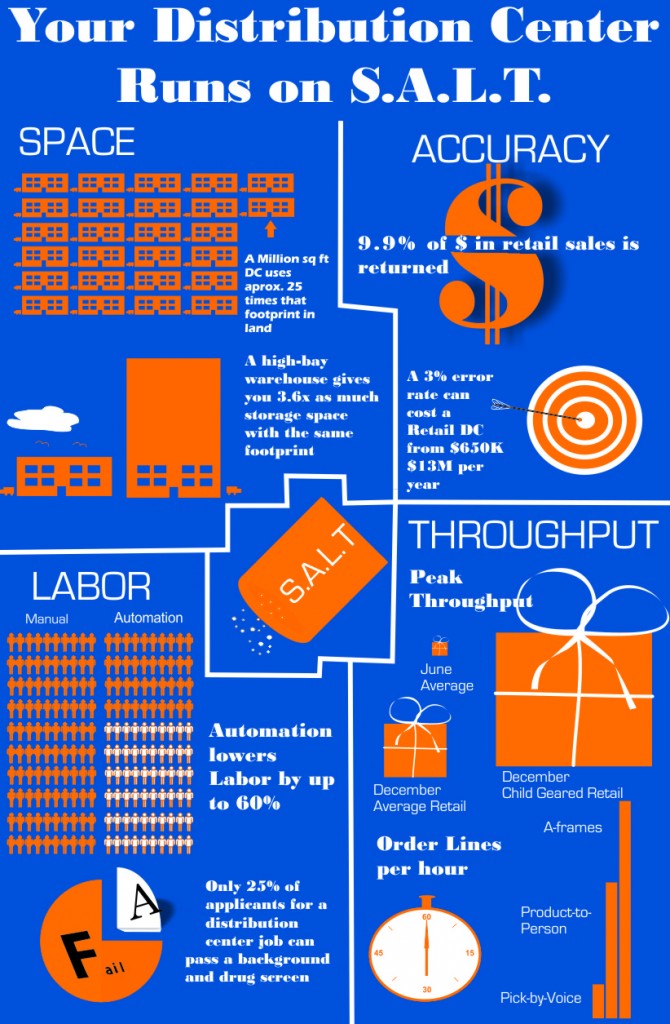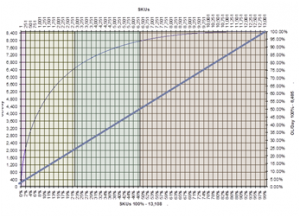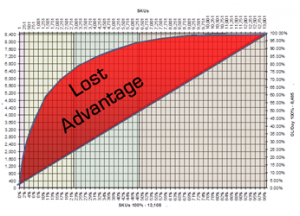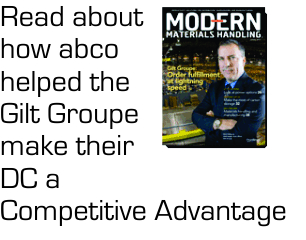As a material handling systems integrator, we meet people all the time that have the concept of distribution as a game, more specifically as a Monopoly game. “Well, we need a new distribution center, so let’s plunk one down here on Baltic Avenue.” (Definitely can’t go on Boardwalk – not with those rents).
They don’t see a distribution center as more than the sum of its parts. They see it as a monolithic “Distribution Center,” just a piece that they need to have, but not a piece that adds value to the company.
Obviously as a material handling systems integrator with a fondness for efficiency and squeezing the full potential from a distribution center, we see it a different way. We know that your supply chain can be a competitive advantage. It can help you outsell your competitors, win new market share and delight your customers.
So why do so many people view distribution as a necessary evil?
Misconception: They do not see their distribution centers as investments; they see them as a sunk cost. If you look at all the advances of distribution center automation in the last 20 years, from carousels to robots to AGV’s as ‘cost’, then you are more likely to see distribution centers as just a piece to plop down. Not as something that will give you an advantage over your competition.
In fact, you may be operating under the premise that all of your competitors have distribution centers designed exactly like yours.
News Flash: They might not be.
Stubbornness: “Well when I came into this business we did our distribution that way and it has been fine for 30 years.” Stubbornness is markedly different from misconception. It is an actual aversion to change itself; an adherence to the status quo for no reason other than “that’s how we always have done it”, and they can’t see a new way.
Unaware: The last, and I think the predominant, reason that people don’t see distribution as an advantage is that they just aren’t aware that their distribution center can be a competitive advantage. And why is that? Their consultant or material-handling systems-integrator hasn’t shown them that it can be. After all, that’s really our job – to show you how you can improve your distribution center.
We help you and provide you all the ammunition to internally sell the “new way” to those who say “that’s how we always have done it.” We know that there is often a person in the supply chain who senses there must be a better way…
If that is you, give us a call, let’s talk.









